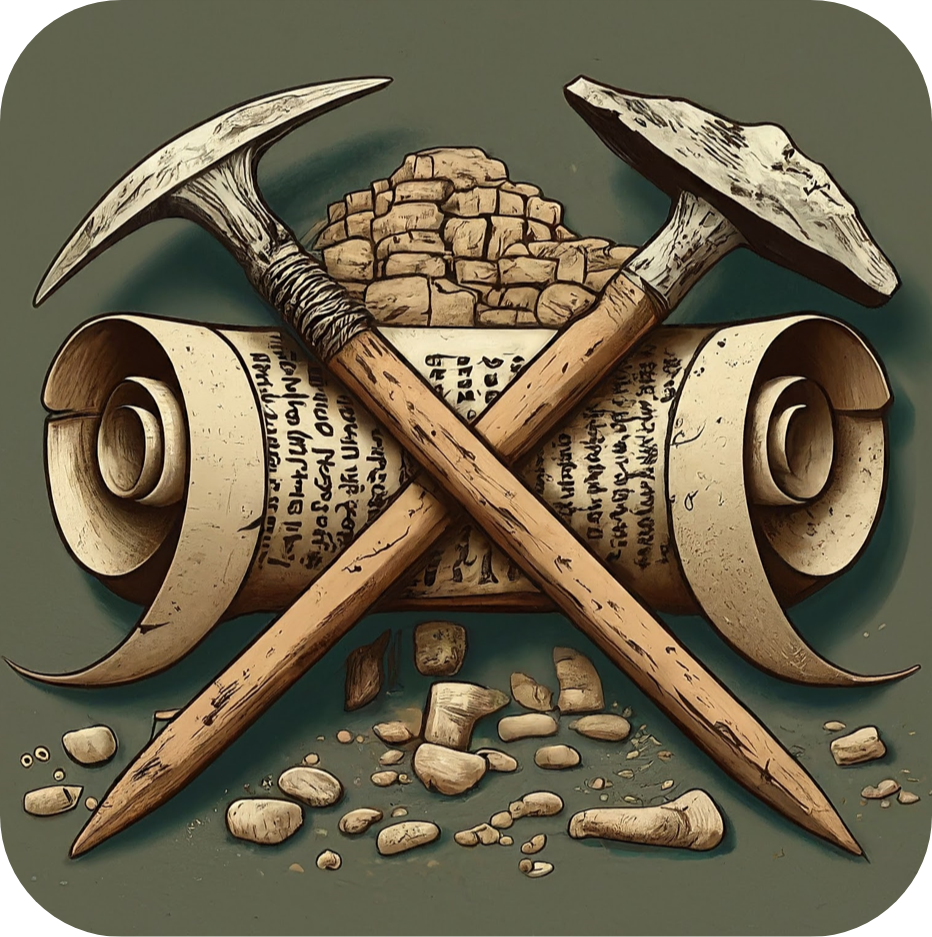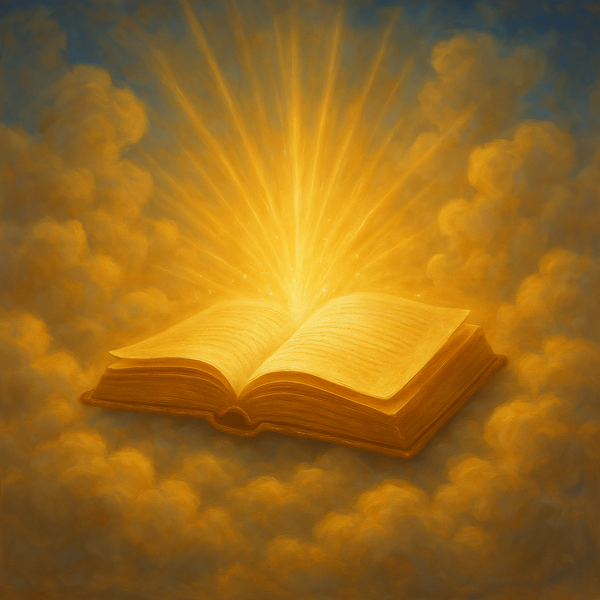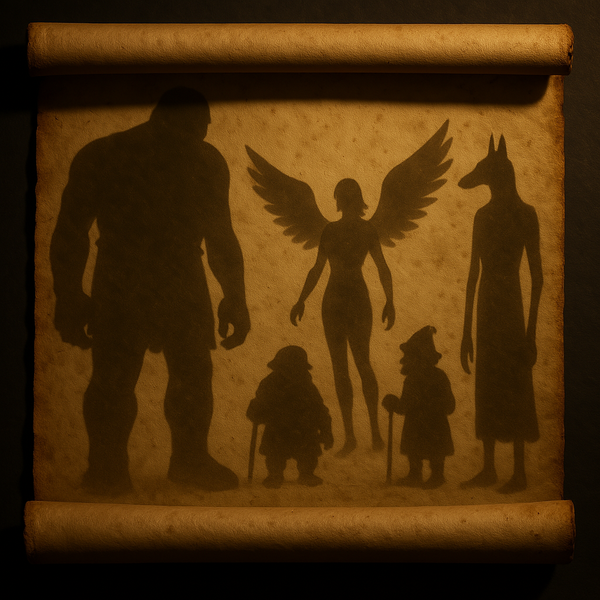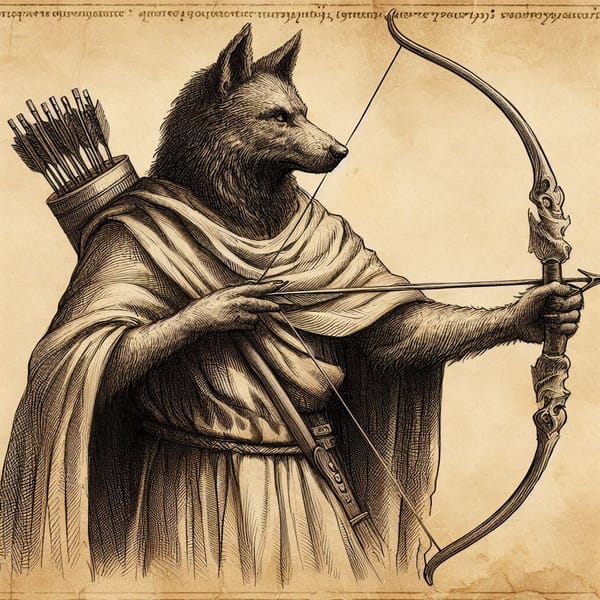The 3 Races

The children of the sons of God and human women, according to Second Temple period writings, were not simply all giants of the same kind. We actually get a distinct list of three larger categories.
- The Great Giants, Giants
- The Nephilim, Naphidim, Naphelim, Naphil
- The Elioud, Eljo
1 Enoch chapter 7:10-11 (written in the Greek text of the Egyptian 'Akhmim fragments')
And they [the women] bore to them [the Watchers] three races–first, the great giants. The giants brought forth [some say "slew"] the Naphelim, and the Naphelim brought forth [or "slew"] the Elioud. And they existed, increasing in power according to their greatness.
Similarly, but with different names, the book of Jubiliees tells the same story.
1913 translation by R.H. Charles of the Book of Jubilees 7:21-25 (supposedly quoting Noah speaking to his sons)
21 For owing to these three things came the flood upon the earth, namely, owing to the fornication wherein the Watchers against the law of their ordinances went a whoring after the daughters of men, and took themselves wives of all which they chose: and they made the beginning of uncleanness.
22 And they begat sons the Naphidim, and they were all unlike, and they devoured one another: and the Giants slew the Naphil, and the Naphil slew the Eljo, and the Eljo mankind, and one man another.
23 And every one sold himself to work iniquity and to shed much blood, and the earth was filled with iniquity.
24 And after this they sinned against the beasts and birds, and all that moves and walks on the earth: and much blood was shed on the earth, and every imagination and desire of men imagined vanity and evil continually.
25 And the Lord destroyed everything from off the face of the earth; because of the wickedness of their deeds, and because of the blood which they had shed in the midst of the earth He destroyed everything.
Note: Jubilees seems to indicate a food chain with humans at the bottom (verse 22).
Variation of power
1 Enoch 7:11 says that they increased in power according to their greatness. This states a difference in greatness between the races. Given that the giants are called the great giants it can be assumed that they were the most powerful followed by the Naphil and then Eljo. Jubilees 7:22 describes the races in that order, each destroying the lesser (the least of which being humanity).
Variation of likeness
Jubilees 7:22 says "they were all unlike." This begs the question: unlike how? Could this be referring to the difference in power and greatness? Contextually it doesn't seem to. It's inserted between the statement that they were born of the watchers and that they killed each other, like a random side note. To know what this variation of likeness means we must turn to other texts.
Antiquities of the Jews by Josephus, Book V Chapter 2 Section 3
There were till then left the race of giants, who had bodies so large, and countenances so entirely different from other men, that they were surprising to the sight, and terrible to the hearing.
Josephus tells us that they looked entirely different from mankind.
He also mentions they are "terrible to the hearing." This brings to mind the Zamzummim (Deuteronomy 2:20) whos name means "a tribe making a noise"
But just how different are these beings? Could this not simply mean that they were big?
The book of giants goes as far as to say that some of them were considered giants and some monsters.
The Book of Giants - 4Q531 Frag. 2
[...]they defiled[...][...they begot]giants and monsters[...][...]they begot, and, behold all [the earth was corrupted...][...]with its blood and by the hand of[...]giant's which did not satisfy them and[...][...]and they were seeking to devour many[...][...][...]the monsters attacked it.
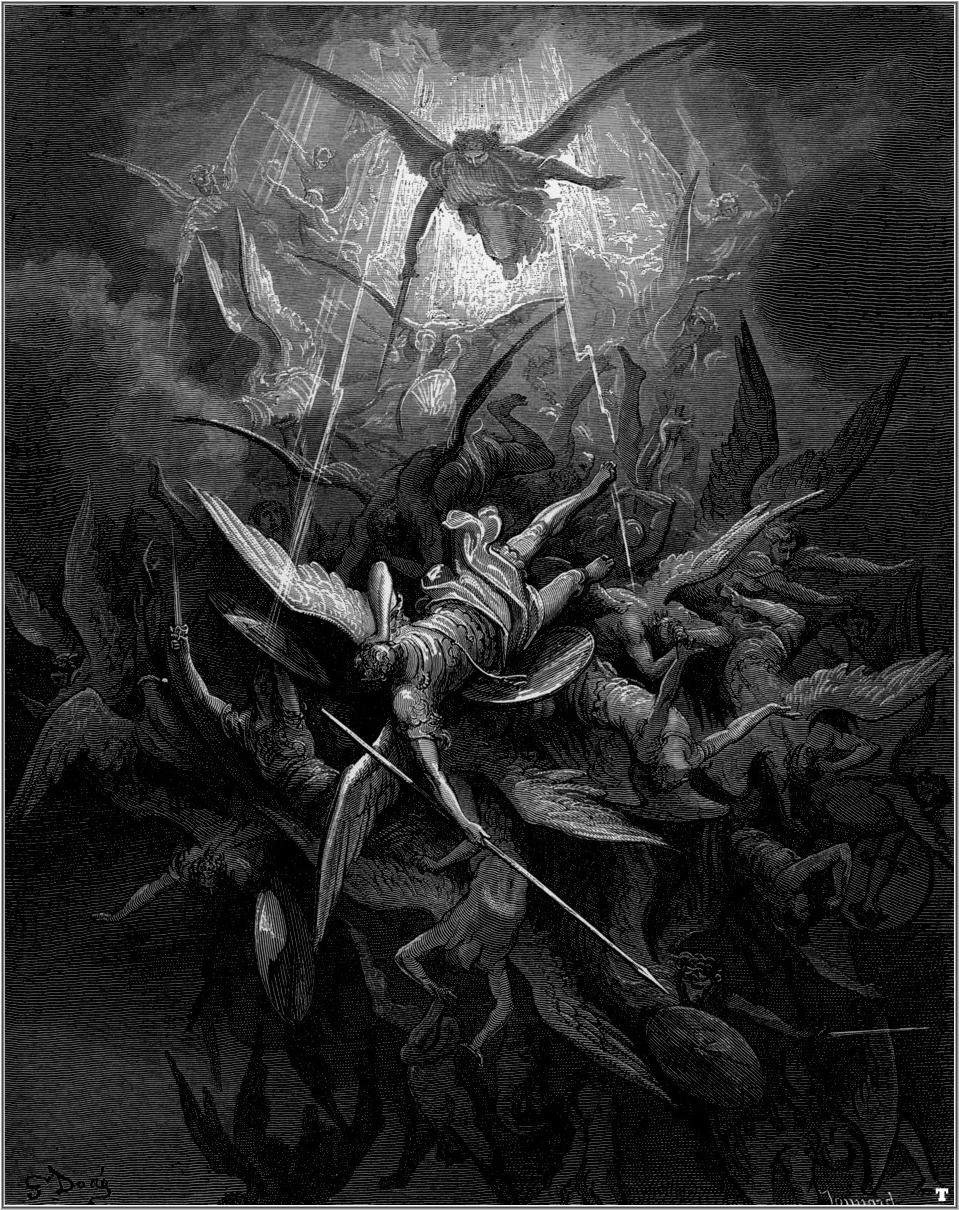
Notice this fragment from the dead sea scrolls echos Enoch and Jubilees, and even the Bible, with mentioning the earth's corruption and bloodshed they caused.
The book of Jasher gives us two brief pictures of monster creatures involved in the Biblical Narrative of God's people.
Jasher 36:30-33
30 And there was a day that he brought them to one of the deserts on the sea shore, opposite the wilderness of the people, and whilst he was feeding them, behold a very heavy storm came from the other side of the sea and rested upon the asses that were feeding there, and they all stood still. 31 And afterward about one hundred and twenty great and terrible animals came out from the wilderness at the other side of the sea, and they all came to the place where the asses were, and they placed themselves there. 32 And those animals, from their middle downward, were in the shape of the children of men, and from their middle upward, some had the likeness of bears, and some the likeness of the keephas, with tails behind them from between their shoulders reaching down to the earth, like the tails of the ducheephath, and these animals came and mounted and rode upon these asses, and led them away, and they went away unto this day. 33 And one of these animals approached Anah and smote him with his tail, and then fled from that place.
Jasher 61:15-16
15 And Zepho went and he saw and behold there was a large cave at the bottom of the mountain, and there was a great stone there at the entrance of the cave, and Zepho split the stone and he came into the cave and he looked and behold, a large animal was devouring the ox; from the middle upward it resembled a man, and from the middle downward it resembled an animal, and Zepho rose up against the animal and slew it with his swords.16 And the inhabitants of Chittim heard of this thing, and they rejoiced exceedingly, and they said, What shall we do unto this man who has slain this animal that devoured our cattle?
The book of Jasher is one of the most biblically supported extra-biblical texts. It is mentioned in Joshua 10:13 and 2 Samuel 1:18 and is quoted by Paul in 2 Timothy 3:8. It is also quoted by the Jewish historian Flavious Josephus in his work the Antiquities of the Jews.
Jasher 36 speaks of monsters with an animal top half and human bottom half while Jasher 61 mentions a creature with an animal bottom half and human top half. It also mentions keephas and ducheephath, mysterious creatures no one seems to know about.
It's worth noting that this concept was held everywhere in the ancient world, not the least of which being Egypt. Many of their gods are depicted as giants with their top halves resembling various animals.

Cave art and trinkets dating back thousands of years model beings large and small with human and animal hybrid bodies.
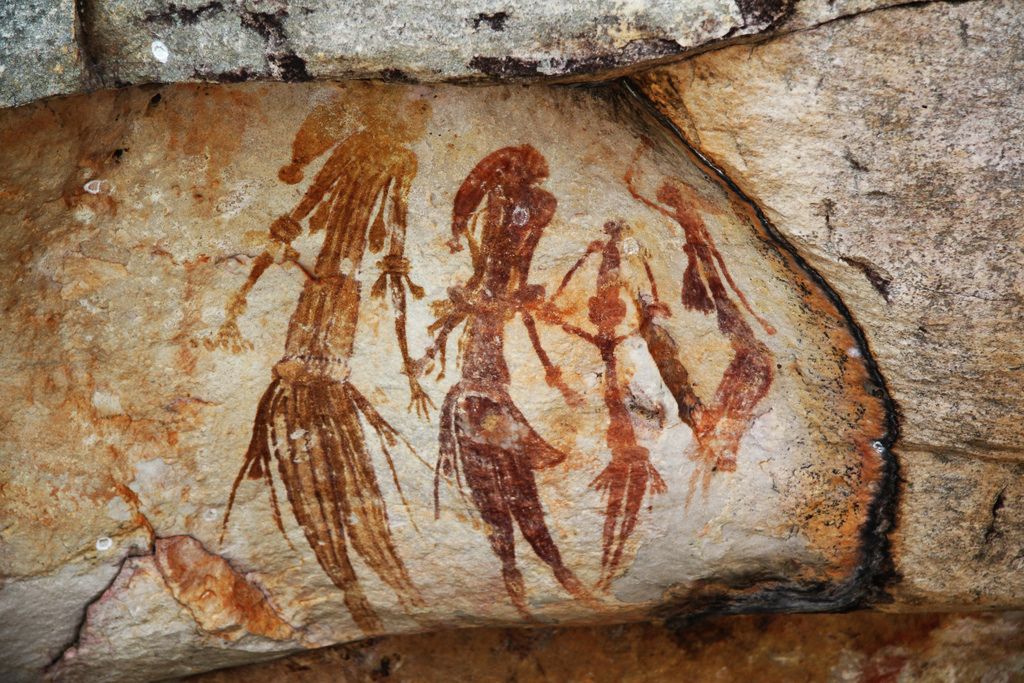
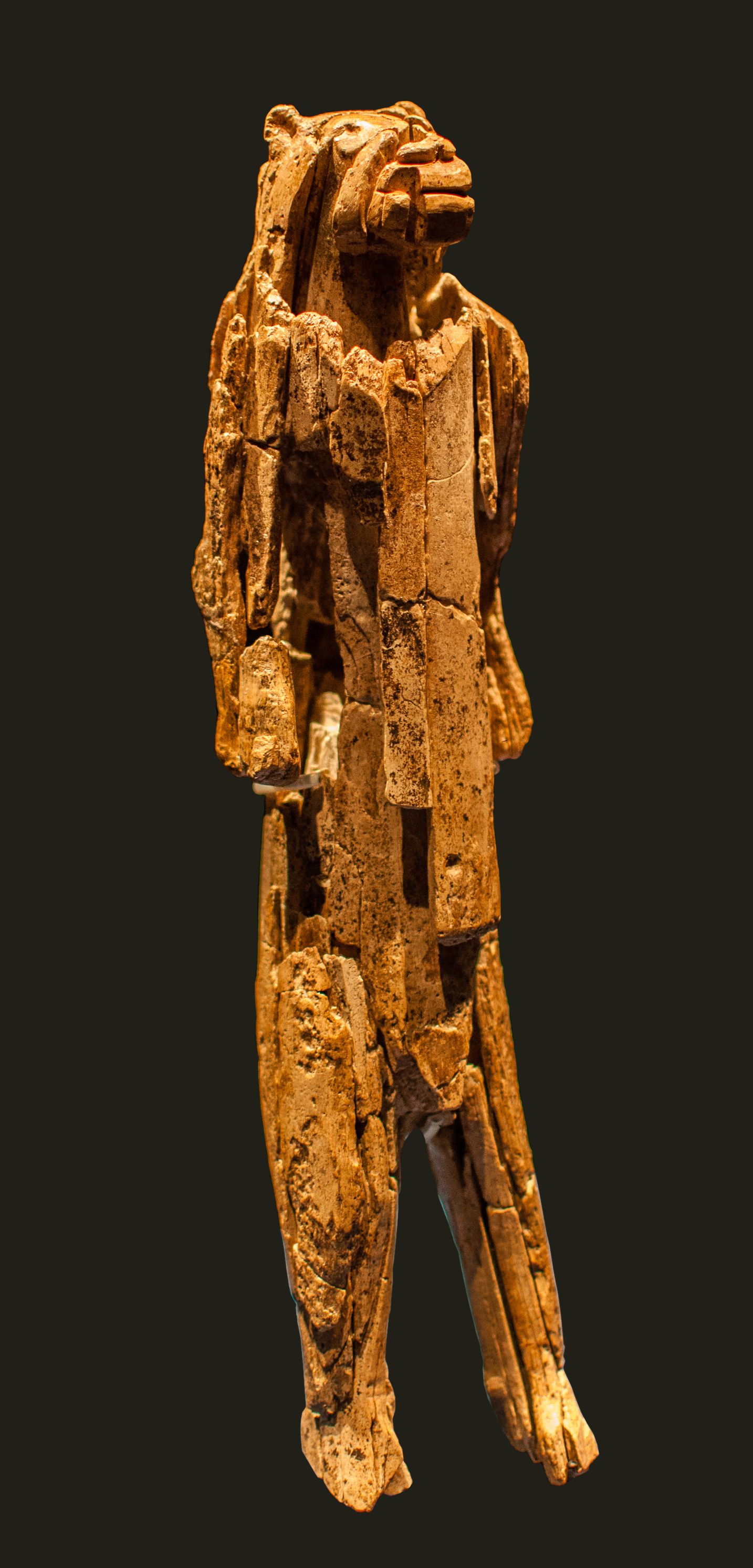
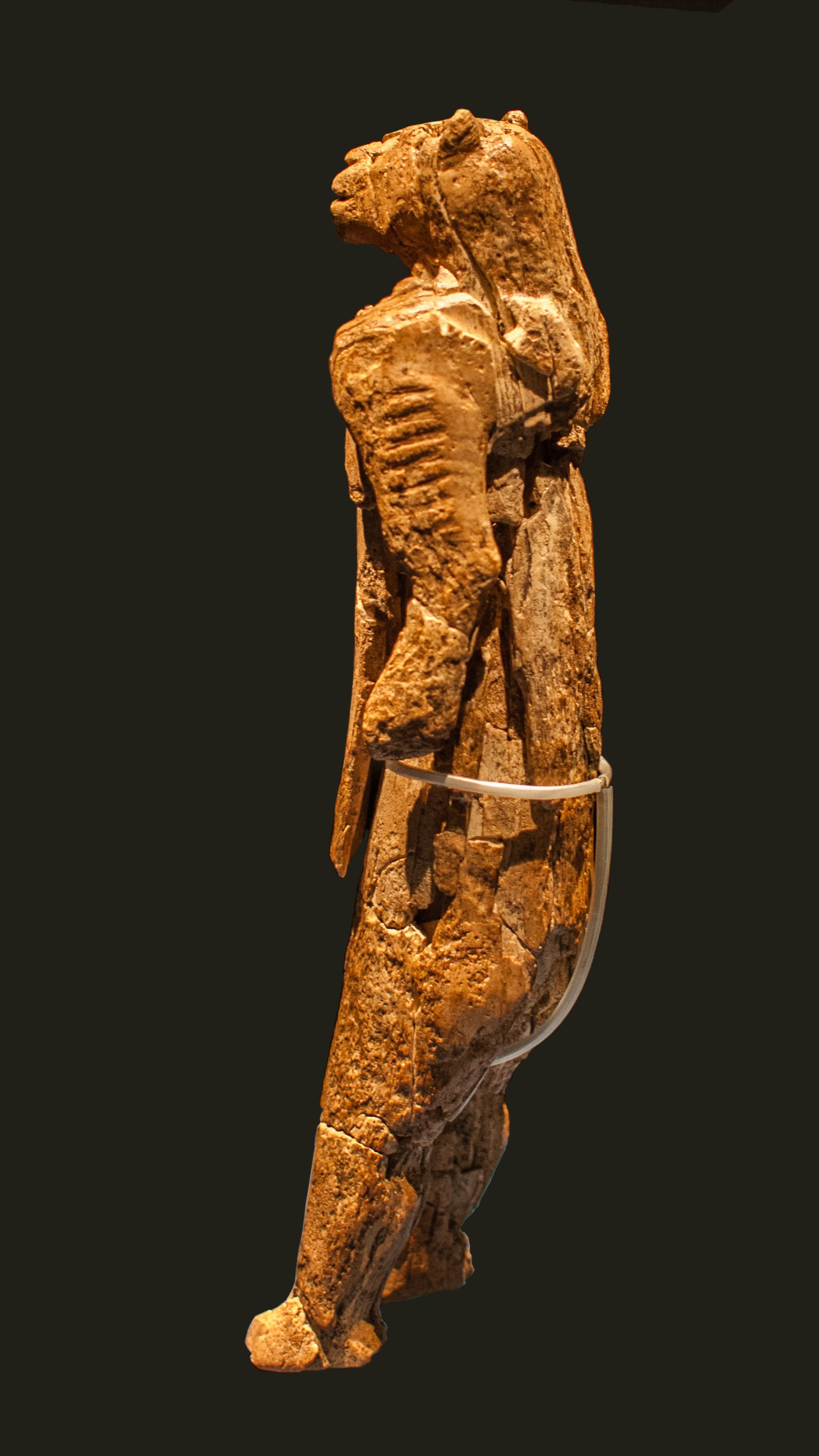
Satyrs
The tale of Zepho's beast is also mentioned in The Legends of the Jews
The Legends of the Jews Volume II Chapter 1 - ZEPHO KING OF KITTIM
He shivered the stone in pieces, and entering the cave he saw an animal formed like a man above and a he-goat below, and he killed the strange beast, which was in the very act of devouring his lost ox. There was great rejoicing among the people of Kittim, for the monster had long been doing havoc among their cattle, and in gratitude they set aside one day of the year, which they called by Zepho's name, in honor of their liberator, and all the people brought him presents and offered sacrifices to him.
Here it is specified as a half goat creature. The Greeks called this type of creature a Satyr. The Bible actually mentions satyrs.
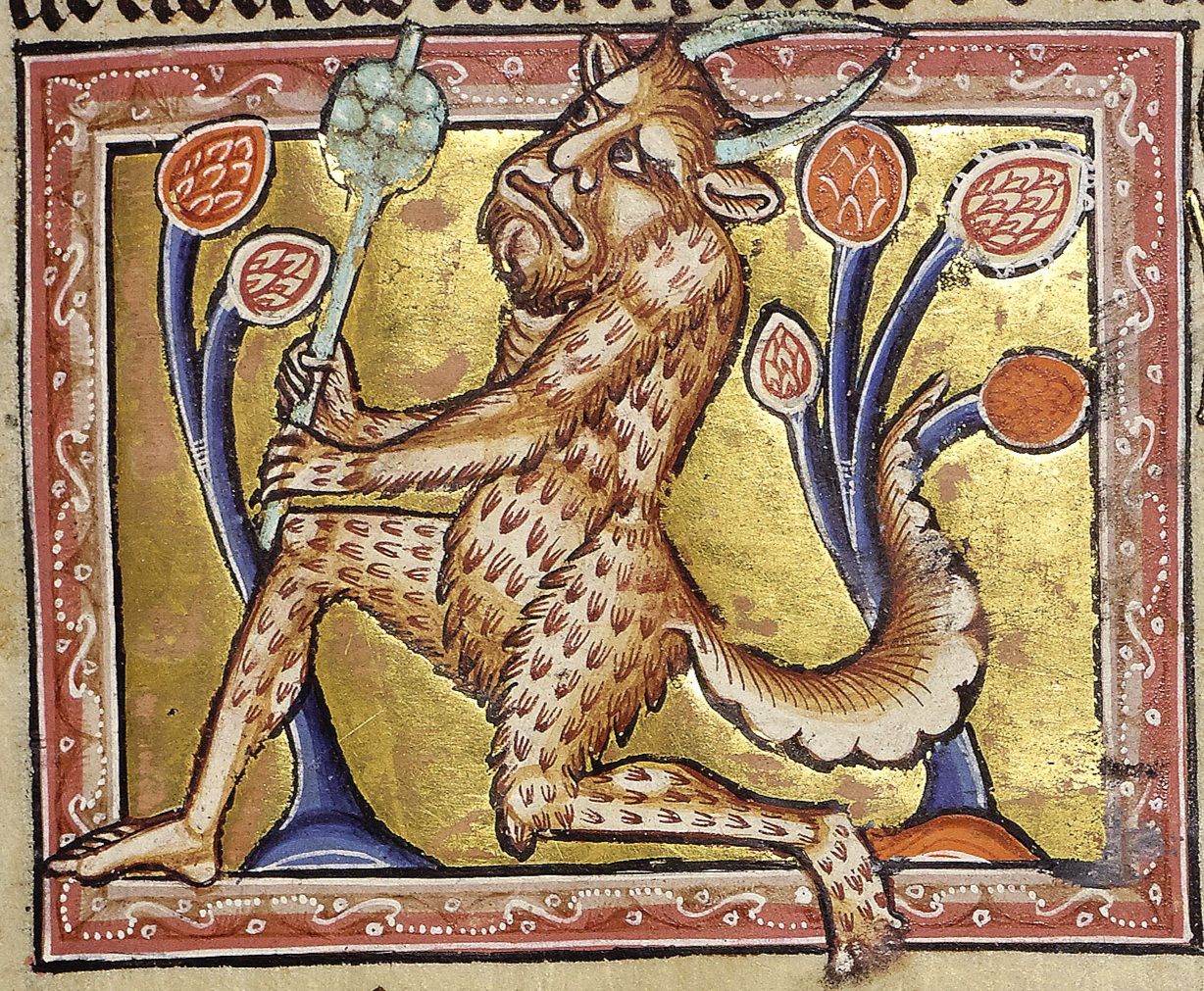
Leviticus 17:7 NASB
They shall no longer sacrifice their sacrifices to the goat demons with which they play the harlot. This shall be a permanent statute to them throughout their generations.” ’
The word for Goat Demons is שָׂעִיר (Strongs H8163) which means he-goat, satyr or sometimes demon. This makes sense because the concept of satyrs and demons are closely coupled. In fact, the KJV translation for this word is literally Satyr.
The same word turns up in Isaiah 34:14
Isaiah 34:14 NASB
The desert creatures will meet with the wolves,
The hairy goat also will cry to its kind;
Yes, the night monster will settle there
And will find herself a resting place.
Isaiah 34:14 KJV
The wild beasts of the desert shall also meet with the wild beasts of the island, and the satyr shall cry to his fellow; the screech owl also shall rest there, and find for herself a place of rest.
Given that they are crying to their kind, should we not just think these are normal goats? Well actually, although this looks like a list of animals there is something much darker at play in this verse. The word that is translated to "night monster" is actually the Hebrew name of Lilith a female demon well known to all ancient cultures. She is sometimes described as serpent like and most often described as part owl.
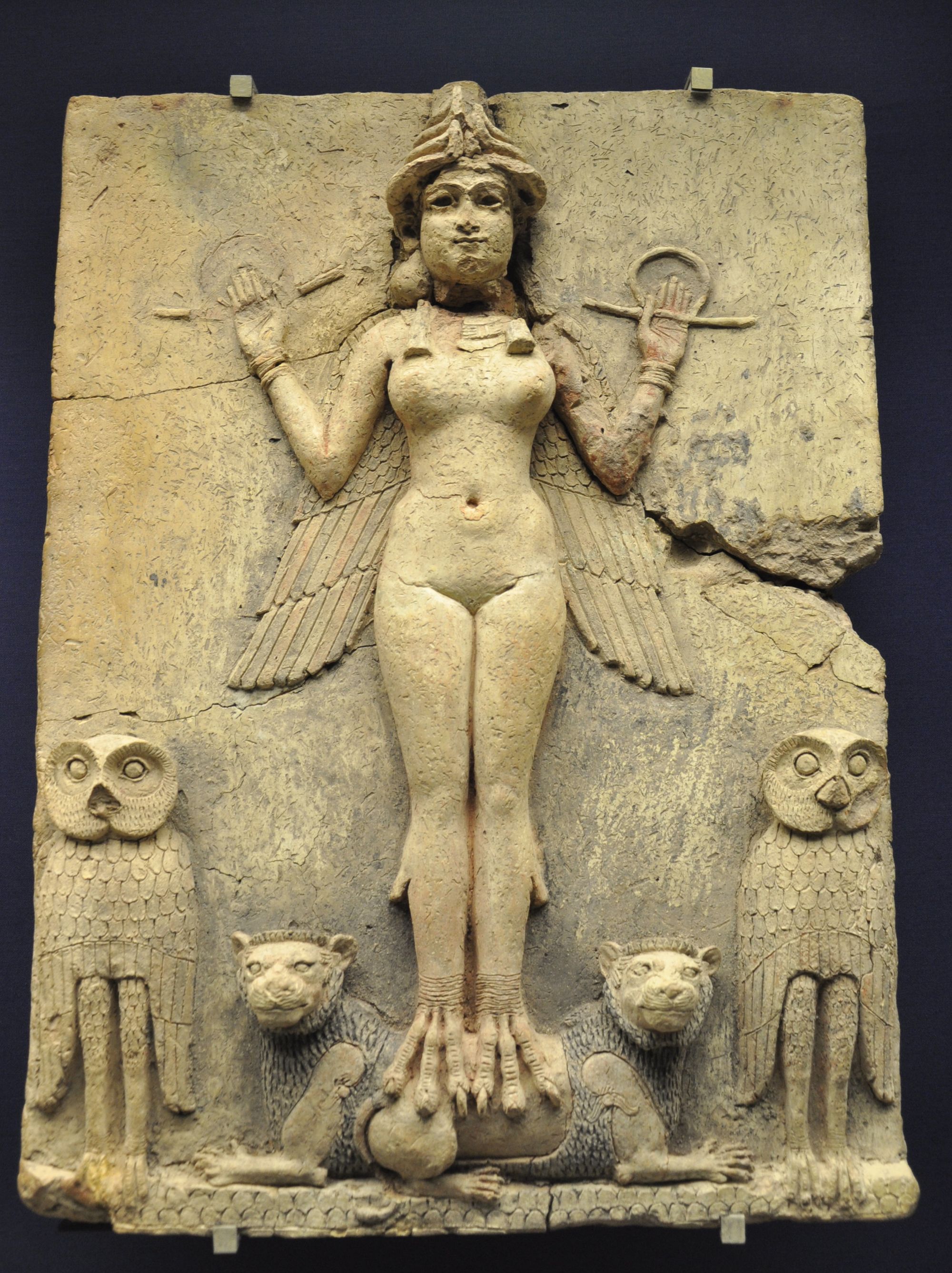
The Greek translation of this passage actually uses her Greek name, Lamia. And the word for "wolves" is actually howlers אִי (Strongs H338) which KJV translates as "wild beasts of the islands". Howlers are mysterious creatures in Biblical thought, we don't have any clear description of them. Given the context of this passage Satyr actually does make more sense than normal goats, and as mentioned previously the offspring of the giants were known for making terrible sounds.
Earlier in Isaiah we see similar mentions.
Isaiah 13:21
But desert creatures will lie down there,
And their houses will be full of owls;
Ostriches also will live there, and shaggy goats will frolic there.
Isaiah 13:21 KJV
But wild beasts of the desert shall lie there; and their houses shall be full of doleful creatures; and owls shall dwell there, and satyrs shall dance there.
Satyrs were recognized as creatures in ancient Jewish thought, both inside and outside of the Bible we see these stories and references to these creatures. And what's more, we see how the Bible views them as demonic.
As we see in Jasher and even the book of Isaiah, Satyrs are not the only type of ancient chimera that seem to be the offspring of the 3 races. Like Jubilees denotes, there seems to be much variety when it comes to these creatures. This accounts for the ancient Greek, Egyptian, Indian and Mesopotamian mythological creatures that their art, architecture and literature describe. Nearly every ancient nation held these concepts to be part of reality and ancient Israel is no exception. The only difference is the recognition of these creatures as evil in nature and conception.
The Creatures of Tebel
The Legends of the Jews by Louis Ginzberg is a large collection of stories and folklore according to oral and written traditions (including the Talmud, Midrash, and the Haggada). Ginzberg organized the Haggada in chronological order as a series of volumes.
While we cannot rely on the Legends of the Jews as a consistently accurate and reliable source it does give us the perspective of ancient Jewish thought.
The Legends of the Jews Volume I Chapter I - THE FIRST DAY
Tebel, the second earth, is the first mainland inhabited by living creatures, three hundred and sixty-five species, all essentially different from those of our own earth. Some have human heads set on the body of a lion, or a serpent, or an ox; others have human bodies topped by the head of one of these animals. Besides, Tebel is inhabited by human beings with two heads and four hands and feet, in fact with all their organs doubled excepting only the trunk. It happens sometimes that the parts of these double persons quarrel with each other, especially while eating and drinking, when each claims the best and largest portions for himself. This species of mankind is distinguished for great piety, another difference between it and the inhabitants of our earth.
Here we see more descriptions of chimerical creatures, not to mention strange men with two heads and twice as many limbs. Interestingly, it places them in Tebel. Tebel is placed below Heled, the surface where humans live.
Our own earth is called Heled, and, like the others, it is separated from the Tebel by an abyss, the Tohu, the Bohu, a sea, and waters.
So according to this passage (in the same chapter), the home of these creatures is below the surface of the earth, separated from us by void and waters deep.
It's worth noting that this description of these creatures and where they live is inserted in the middle of an explanation of how God created the heavens and the earth. This work doesn't actually say that God created these creatures, only that he made that level of the earth that is now inhabited by them.
It's also worth noting that it describes Tebel as the first mainland inhabited by living creatures. This does not mean it was the first to have living creatures chronologically, but rather that it is the first layer in the succession of layers of the earth where living creatures can preside. As we would see it, it is the lowest part of the earth that the living can journey to. All beneath it is for the souls and spiritual beings beyond the veil.
Two chapters later, in the same book we see an echo of some of these creatures with a twist.
The Legends of the Jews Volume I Chapter III - THE INHABITANTS OF THE SEVEN EARTHS
Some of the Cainites are giants, some of them are dwarfs. They have two heads, wherefore they can never arrive at a decision; they are always at loggerheads with themselves. It may happen that they are pious now, only to be inclined to do evil the next moment.
Here we see again the two-headed creatures, as mentioned previously in chapter 1, but this time relating to the descendants of Cain. This passage links the concepts of the creatures of Tebel, the Nephilim Giants and dwarfs all as creatures birthed with and living alongside the Cainite people. Remember, the Cainites came after the creation of the world (backing up the previous claim that God did not create the creatures of Tebel) and they were destroyed in the flood. This places them in what is known as the Antediluvian world, the time before the great flood. IF this passage is accurate then the creatures mentioned would likely have the same, or a similar, origin as the Nephilim Giants that they are associated with. That claim would align with books found in the dead sea scrolls that mention 3 races being born and not just giants.
Again, The Legends of the Jews is far from Biblically accurate but the passages mentioned do seem to align with the concepts found in the Bible, multiple books in the dead sea scrolls, and the ancient writings of surrounding nations and cultures.
Regardless of the accuracy of that book specifically, it still tells a tale that parallels many other cultures both ancient and modern alike. Creatures from below. Caves being the gateways to secret worlds of wonder. It's mystical and mysterious but the concept rings aloud throughout time and haunts us still.
Summary
History and legend speak of many creatures. Which came from which of the three races is unclear. This alone is to say nothing of skinwalkers and shapeshifting performed by those in the dark arts. Regardless, they all left their footprints in the sands of legends told by tongue and scroll. Enoch and Jubilees mention 3 core races, the Bible mentions 1, the Legends of the Jews mentions 365 species of creatures that live beneath our feet. Whatever the case, it clearly starts with the watchers and whether by practical or magical means – they made more than giants.
